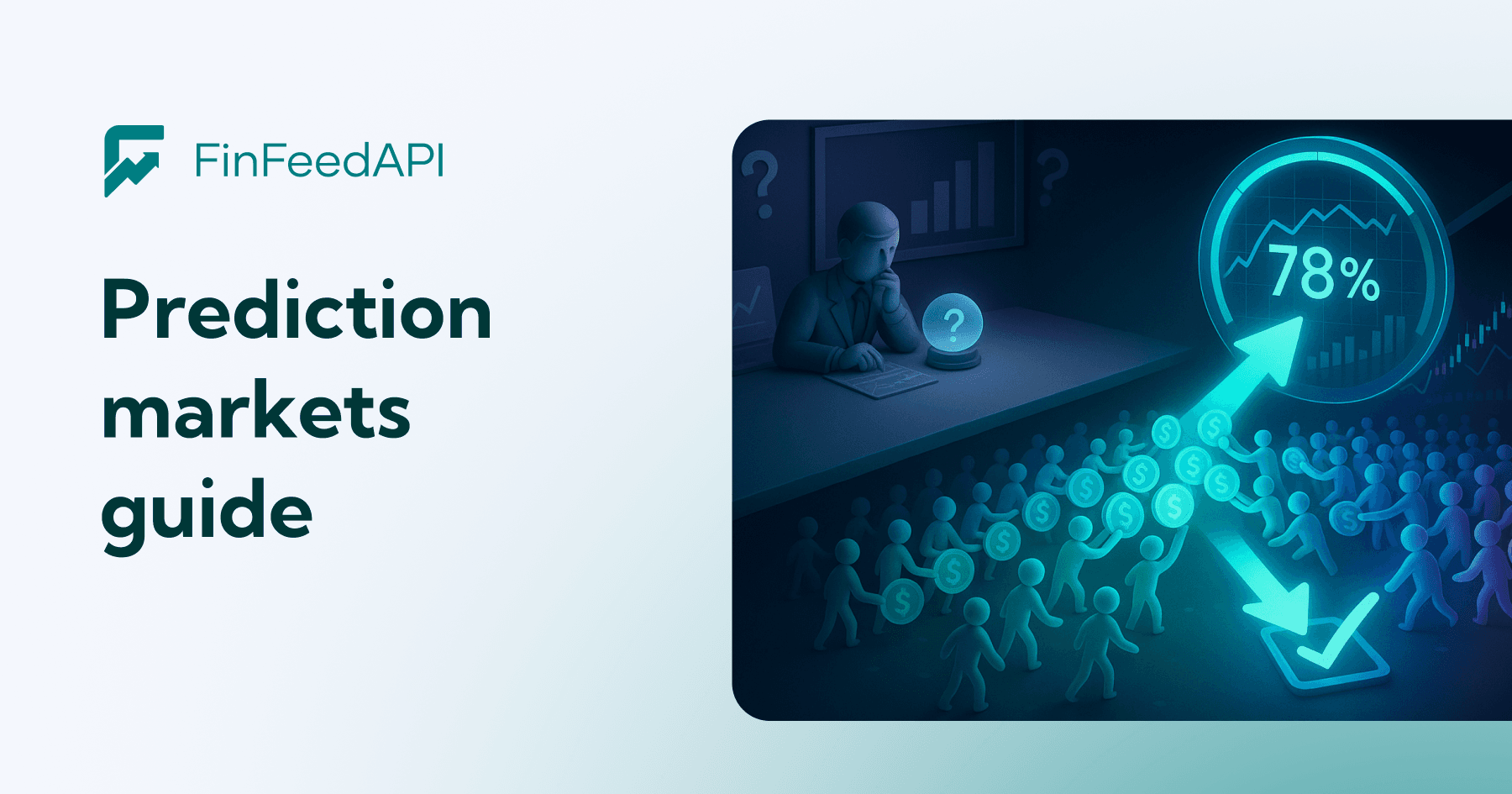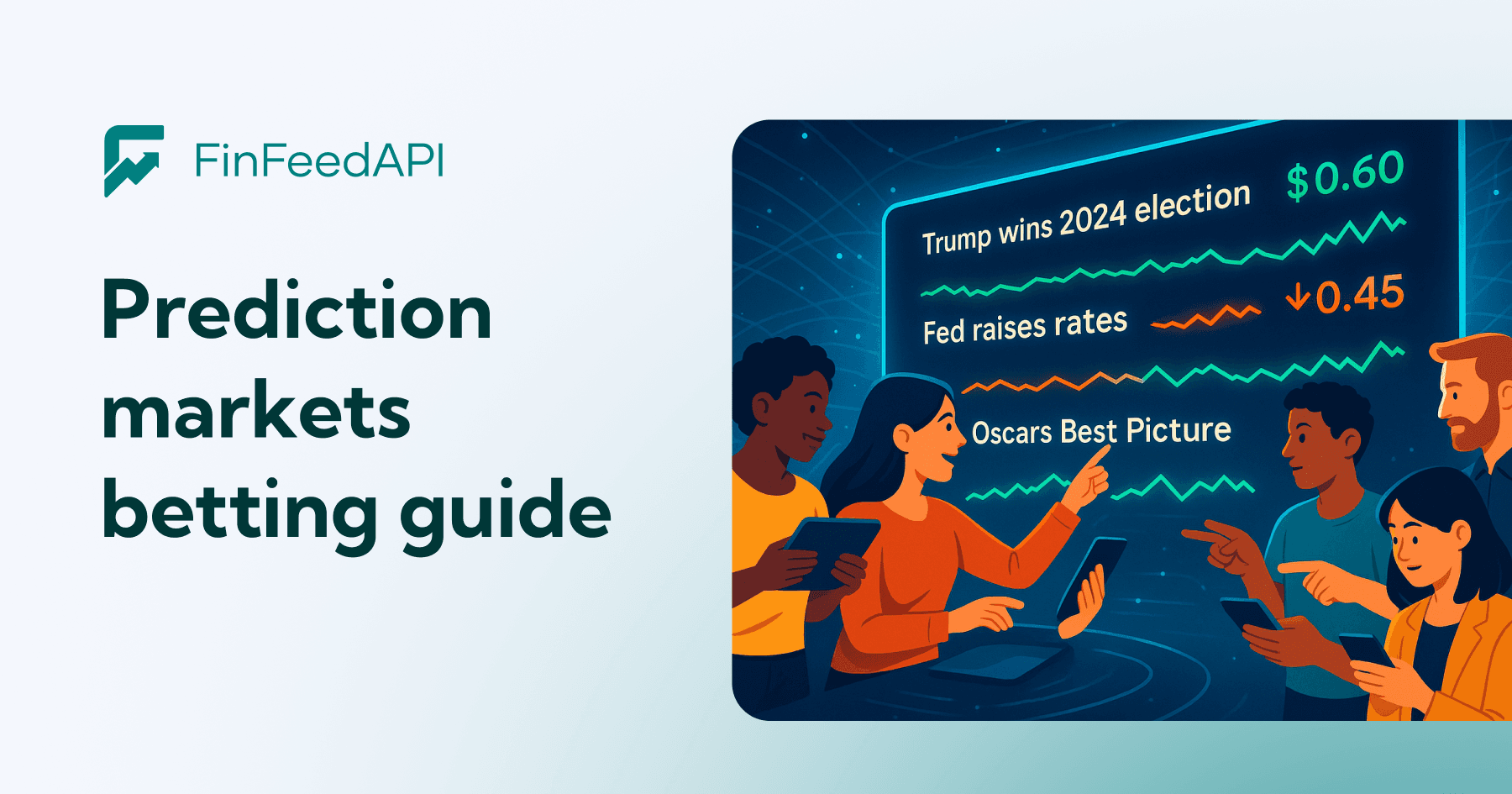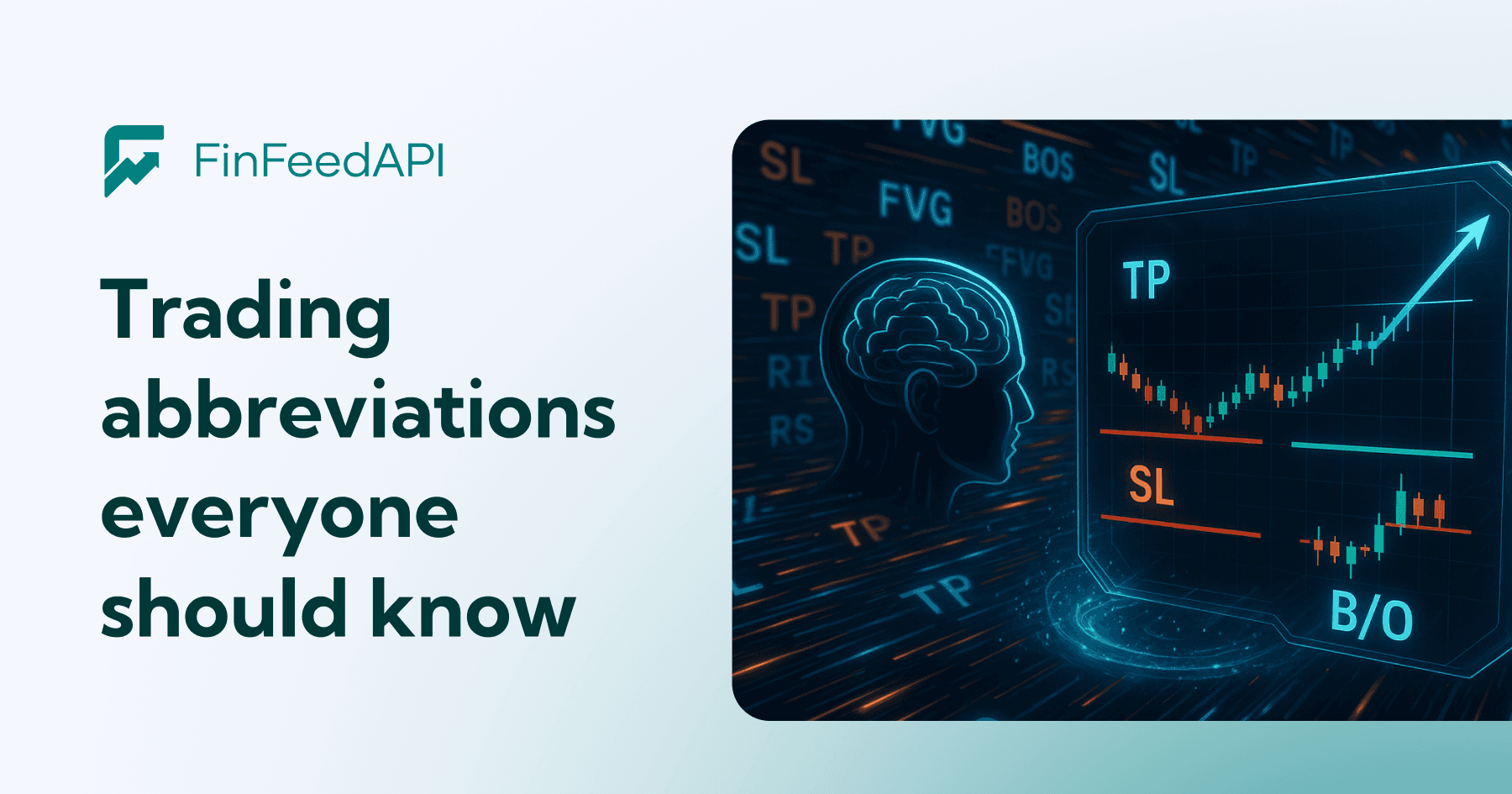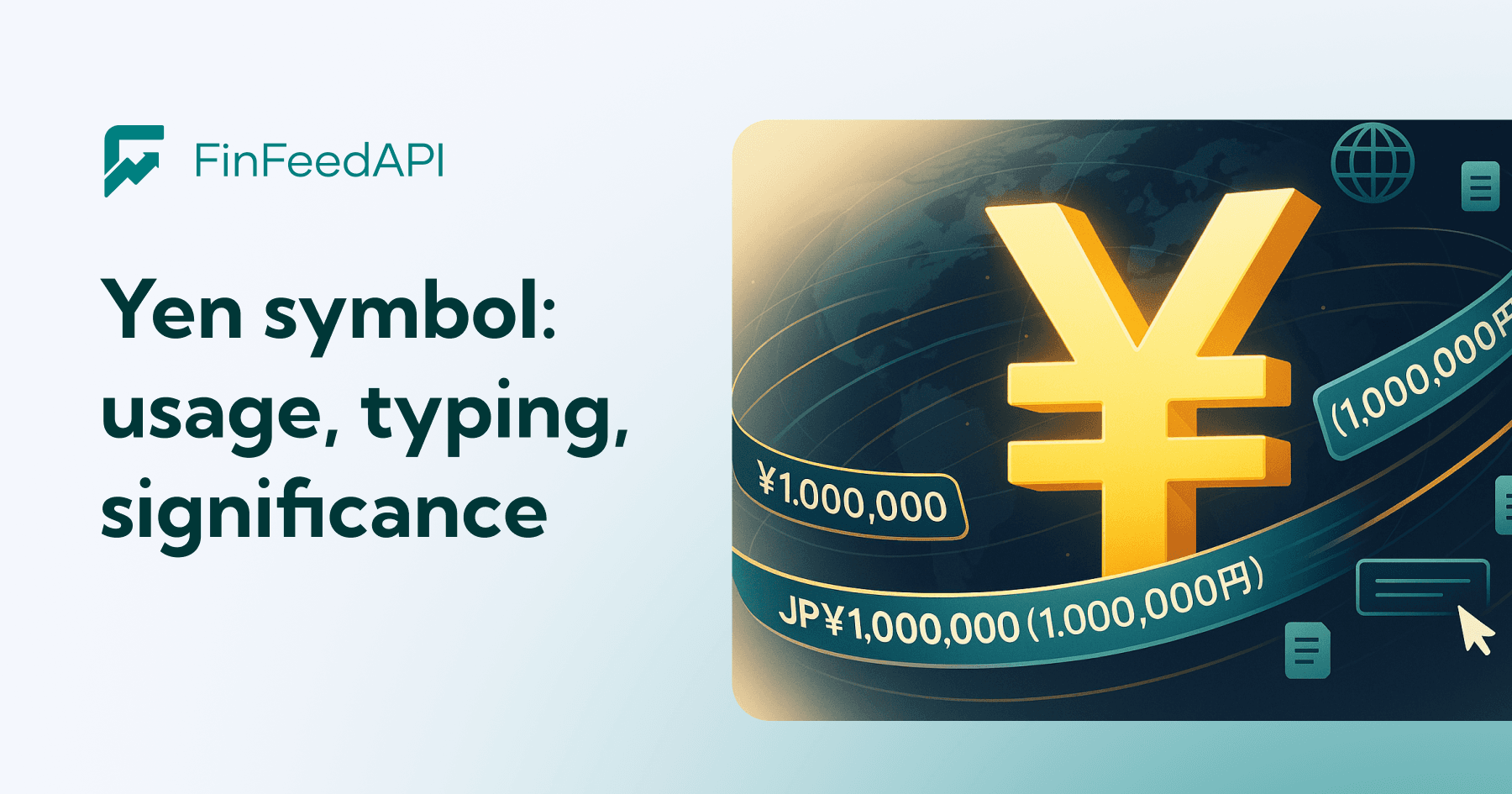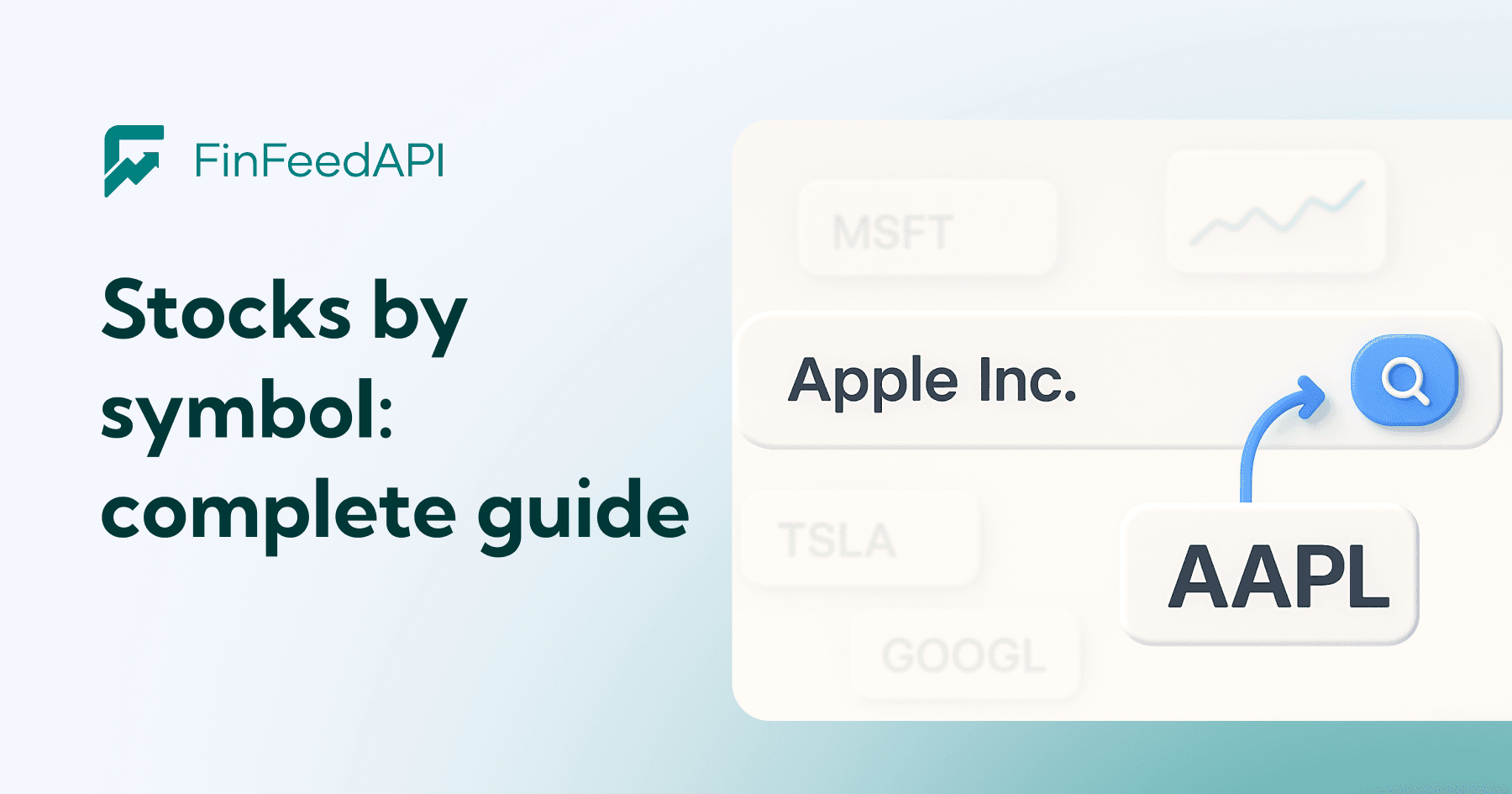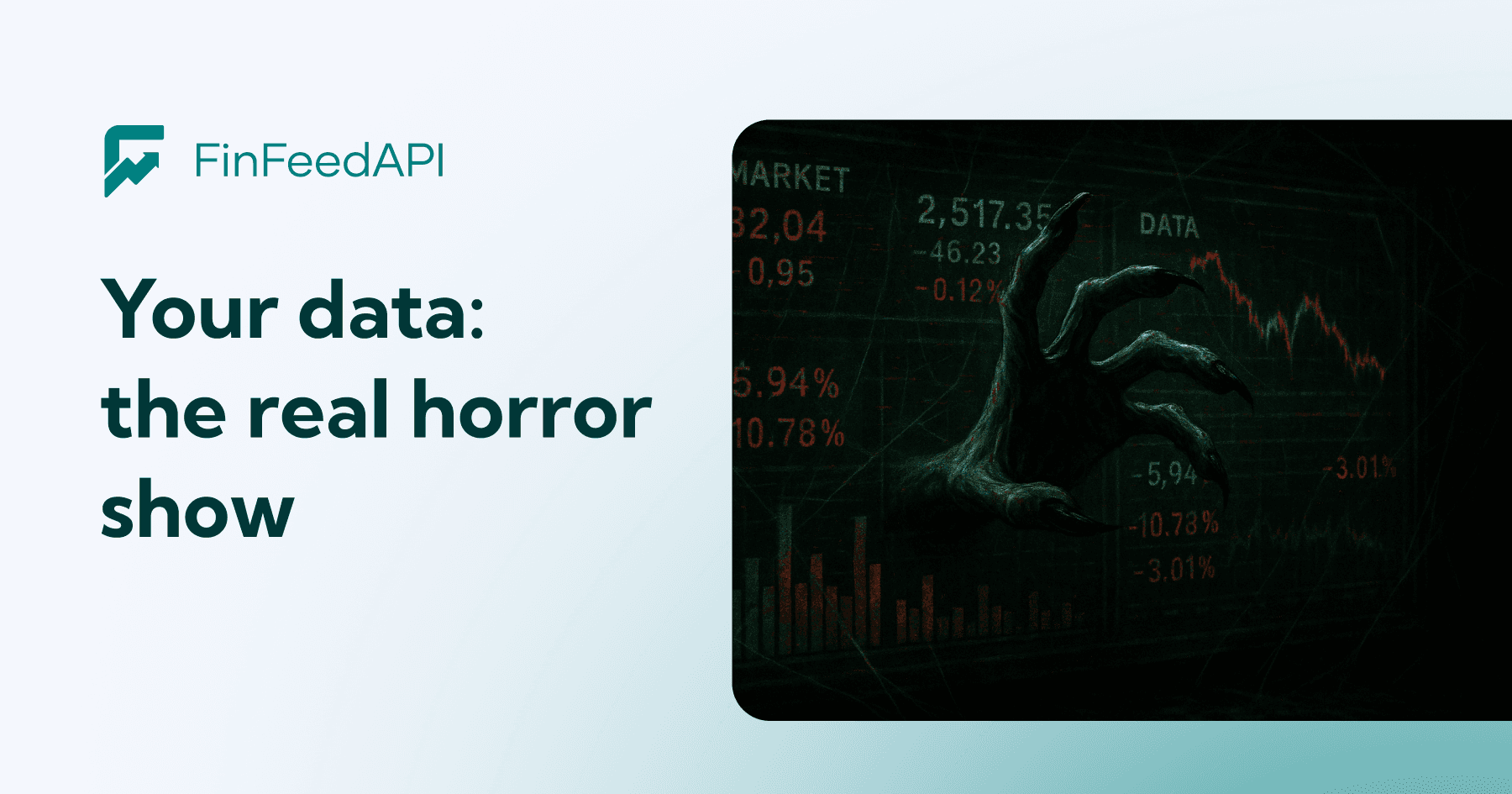Every trader speaks in code.
SL, TP, RR — a handful of letters that can decide profit or loss.
In fast-moving markets, abbreviations aren’t just shorthand; they’re survival tools. They compress entire trading ideas into a few characters, letting traders react instantly instead of typing full sentences while prices change by the second.
This language has roots in the noisy chaos of old trading pits, where brokers shouted coded orders across the floor. Today, those signals live on in digital form — flashing across screens and chatrooms, connecting retail traders and institutions alike.
If you’ve ever watched a trading feed and wondered what “B/O above HTF LQ” means, this guide is for you.
We’ll break down the most important abbreviations — from basic order types to the more cryptic acronyms used by pros — and show how mastering them can sharpen your trading communication and analysis.
Most Important Trading Abbreviations
If you’re new to trading, you’ll quickly realize — traders don’t type full words. They speak in abbreviations.
Here are the core trading terms you’ll see everywhere — on charts, in trading platforms, and in market chats.
- SL (Stop Loss) – Your safety net. It’s the price where your trade automatically closes if things go south. Buy at $100, set SL at $95 — you’ve capped your loss to $5 per share.
- TP (Take Profit) – The opposite of a stop loss. It closes your trade once your target profit is hit, locking in gains before markets turn.
- RR (Risk to Reward) – The backbone of smart trading. A 1:3 RR means risking $1 to make $3. Great traders obsess over this ratio — not just the win.
- PnL (Profit and Loss) – The heartbeat of your trading account. Shows how much you’ve made or lost — both realized and unrealized.
- HOD / LOD (High of Day / Low of Day) – The highest and lowest prices during the session. These levels often mark turning points or key support and resistance zones.
- HTF / LTF (Higher Time Frame / Lower Time Frame) – Different chart zoom levels. Pros check both — HTF for trend, LTF for entry.
- BE (Break Even) – When you move your stop to your entry price — a free trade with no downside.
- DD (Drawdown) – The dip from your account’s peak to its lowest point. Every trader faces it; the great ones know how to limit it.
- B/O (Breakout) – When price breaks past key levels, signaling momentum. Traders love this — it’s often the start of big moves.
- PB (Pullback) – A short counter-move against the main trend. Smart traders see pullbacks as opportunities, not threats.
- EOD (End of Day) – The moment traders review charts, measure performance, and plan for tomorrow.
- AH (After Hours) – When markets stay alive even after closing bell. Lower volume, bigger moves — more risk.
- VOL (Volume) – How much is being traded. Volume confirms strength; weak volume can expose false moves.
- VWAP (Volume Weighted Average Price) – The institutional favorite. It tells where most trading happened — a magnet for price action.
- ATR (Average True Range) – Measures volatility. Helps you size trades and place stops that adapt to market noise.
These abbreviations form the core of trading language — short, efficient, universal. Once you understand them, you can read market commentary like a pro and communicate clearly with other traders, no translation needed.
Technical Analysis Abbreviations
Charts are the trader’s language — and technical analysis is how they read between the lines.
These trading abbreviations are the shorthand for indicators, oscillators, and patterns that help traders decode market behavior.
- RSI (Relative Strength Index) – The classic momentum gauge. It measures how fast prices move and whether an asset is overbought (70+) or oversold (30–) — a favorite for timing reversals.
- MACD (Moving Average Convergence Divergence) – Two moving averages that dance together. When they cross, traders spot momentum shifts — a go-to signal for trend changes.
- EMA (Exponential Moving Average) – A moving average that pays more attention to recent prices. It reacts faster to new data than the slower, smoother SMA.
- SMA (Simple Moving Average) – The clean, traditional version. A steady line that smooths out daily noise and reveals the bigger picture trend.
- BB (Bollinger Bands) – A trio of lines wrapping around price. When they expand, volatility spikes; when they tighten, a breakout may be coming.
- H&S (Head and Shoulders) – A chart pattern that often marks the end of a bullish run. One high, a higher high, then a lower high — the shoulders tell the story.
- DB (Double Bottom) – A bullish reversal pattern. Price tests a support level twice before bouncing upward — the market saying, “enough selling.”
- DT (Double Top) – The mirror image of DB. Two highs near the same level signal exhaustion before a potential drop.
- OB / OS (Overbought / Oversold) – Conditions where prices have gone too far, too fast. Smart traders use these signals to time entries and exits.
- DIV (Divergence) – When price and an indicator disagree — say, price makes a higher high while RSI doesn’t. That “disagreement” often hints at a trend reversal.
- Fib (Fibonacci Retracement) – A mathematical roadmap for support and resistance. The key levels — 38.2%, 50%, 61.8% — act like magnets for price movement.
- SAR (Parabolic Stop and Reverse) – Dots that trail price up or down, flipping sides when the trend changes. Used to fine-tune exits.
- CCI (Commodity Channel Index) – A lesser-known oscillator that spots cyclical turns — identifying when prices stray too far from their average.
- ROC (Rate of Change) – Measures how fast prices are moving compared to previous periods. Great for catching momentum early.
Once you understand these abbreviations, technical charts stop looking like random lines and start telling a story — a story about strength, exhaustion, and opportunity. That’s the art (and science) of trading through indicators.
Market Structure and Price Action Terms
Before you master any trading strategy, you need to understand structure — the natural rhythm of price.
Market structure terms describe how trends form, evolve, and break. They’re the blueprint of price action trading.
- HH (Higher High) – A peak that beats the last one. The clearest sign buyers are still in control.
- HL (Higher Low) – A pullback that stops above the previous low — confirmation the uptrend is alive.
- LH (Lower High) – When the price can’t climb as high as before. A subtle early warning of fading momentum.
- LL (Lower Low) – A drop below the last swing low — the market waving its bearish flag.
- BOS (Break of Structure) – When price breaks a previous high or low, shifting the balance of power between buyers and sellers.
- CHoCH (Change of Character) – The first real clue that momentum is turning. A bullish market showing its first signs of weakness — or vice versa.
- MSS (Market Structure Shift) – A confirmed transition in trend direction, backed by price closing beyond key levels.
- S&R (Support and Resistance) – The backbone of technical trading. Support holds the fall; resistance caps the rally.
- RBS / RBR (Retest of Broken Support / Resistance) – When price revisits a level it just broke, testing whether old barriers now flip roles.
- UT (Uptrend) – A series of HHs and HLs. Simple. Bullish. Controlled by buyers.
- DT (Downtrend) – The opposite — LHs and LLs confirming bearish pressure.
- ST (Sideways Trend) – A pause between battles. Price moves in a range, waiting for a breakout.
- TR (Trading Range) – A boxed zone between support and resistance. Great for range traders, dangerous for breakout chasers.
- TL (Trend Line) – A visual guide drawn across swing highs or lows. It doesn’t predict the future, but it helps frame the fight.
Market structure isn’t about prediction — it’s about reading.
Once you can identify highs, lows, and structural shifts, you’ll stop guessing direction and start following what the market is actually doing.
Order Types and Execution Abbreviations
Understanding order types and execution terms is crucial for implementing trading strategies effectively. These abbreviations appear on every trading platform and in professional trading discussions.
- MO (Market Order) - An order to buy or sell immediately at the best available current price, guaranteeing execution but not price.
- LO (Limit Order) - An order to buy or sell at a specific price or better, providing price control but not guaranteeing execution.
- SO (Stop Order) - An order that becomes a market order once a specified price level is reached, commonly used for stop losses.
- SL (Stop Limit) - Combines features of stop and limit orders, becoming a limit order when the stop price is triggered.
- OCO (One Cancels Other) - Two orders placed simultaneously where execution of one automatically cancels the other.
- LONG - A buy position expecting the asset’s price to rise, profiting from upward price movement.
- SHORT - A sell position expecting the asset’s price to fall, profiting from downward price movement.
- FLAT - Having no position in a particular asset, neither long nor short.
- IOC (Immediate or Cancel) - An order that must be filled immediately or be cancelled, preventing partial fills from remaining active.
- GTC (Good Till Cancelled) - An order that remains active until either filled or manually cancelled by the trader.
- DAY - An order that expires at the end of the trading day if not filled.
- MOC (Market on Close) - An order to buy or sell at the closing price of the trading session.
- LOC (Limit on Close) - A limit order that’s only executed at the market close if the closing price meets the specified criteria.
- FOK (Fill or Kill) - An order that must be executed in its entirety immediately or be cancelled completely.
- AON (All or None) - An order that must be filled completely or not at all, though it can wait for the right conditions.
- Hidden - An order type that conceals the full size from other market participants to avoid market impact.
These execution abbreviations are essential for precise trade implementation and communication with brokers or trading platforms.
Risk Management Abbreviations
Risk isn’t a side note in trading — it’s the entire game.
You can have the best entry signals in the world, but without control over risk, you’re gambling, not trading.
These are the abbreviations every disciplined trader lives by.
- RR (Risk to Reward) – The golden ratio of trading. It measures what you’re willing to lose versus what you aim to gain.
A 1:3 RR means risking $1 to make $3 — a simple but powerful way to stack probabilities in your favor. - DD (Drawdown) – How far your account falls from its peak. Every trader experiences it — the key is how deep it goes and how fast you recover.
- MDD (Maximum Drawdown) – The worst drop your equity has ever faced. It’s the “pain threshold” of your trading strategy — the number that defines your staying power.
- PS (Position Size) – The number of shares, contracts, or units you take per trade. Calculated by risk per trade, not by gut feeling.
- RM (Risk Management) – The overall discipline of protecting capital — defining stops, adjusting exposure, and surviving long enough to win.
- CR (Capital Risk) – The percentage of your total equity you risk on one trade. Smart traders keep this under 2%.
Go higher, and you’re flirting with account extinction. - BE (Break Even) – When you move your stop loss to your entry point after a trade moves in your favor. Risk: zero. Sleep: better.
- TSL (Trailing Stop Loss) – A stop that moves with price, locking in profit as the trade progresses. It’s automation for discipline.
- MSL (Mental Stop Loss) – The line in your head, not your platform. Works only if you have nerves of steel (and few do).
- Kelly (Kelly Criterion) – A mathematical formula that calculates optimal position size based on win rate and payoff ratio. Brilliant in theory — dangerous if misused.
- Sharpe – The Sharpe ratio compares returns to volatility. It shows whether your profits justify the risk you’re taking.
- VaR (Value at Risk) – A measure of how much you could lose with a certain probability over a specific time frame — the language of institutions and risk desks.
- Monte Carlo – A simulation method that models thousands of possible outcomes to test your system’s resilience against randomness.
- Correlation – The relationship between assets. Two trades moving the same way double your risk, not your diversification.
- Beta – A stock’s volatility relative to the broader market. A beta over 1 means higher volatility; under 1 means calmer seas.
Good traders chase profit. Great traders manage risk.
Because in the long run, survival — not perfection — decides who stays in the game.
Mastering Trading Abbreviations
Trading abbreviations are more than shorthand — they’re the language of the markets. From SL and TP to FVG and OTE, these codes compress complex strategies into simple, universal signals that every trader understands.
What began on trading floors has become part of the digital trading culture.
Mastering these abbreviations isn’t about memorizing letters — it’s about fluency. Build your own cheatsheet, use these terms in real trades, and let them sharpen your analysis when every second counts.
Pro Tip:
If you’re building trading tools or market dashboards, you don’t need to start from scratch.
FinFeedAPI gives you instant access to historical and intraday stock data — perfect for visualizing abbreviations in action.
From OHLC charts to live PnL tracking, it’s the data backbone every serious trader or developer needs.
👉 Explore FinFeedAPI and start building smarter trading apps today.







